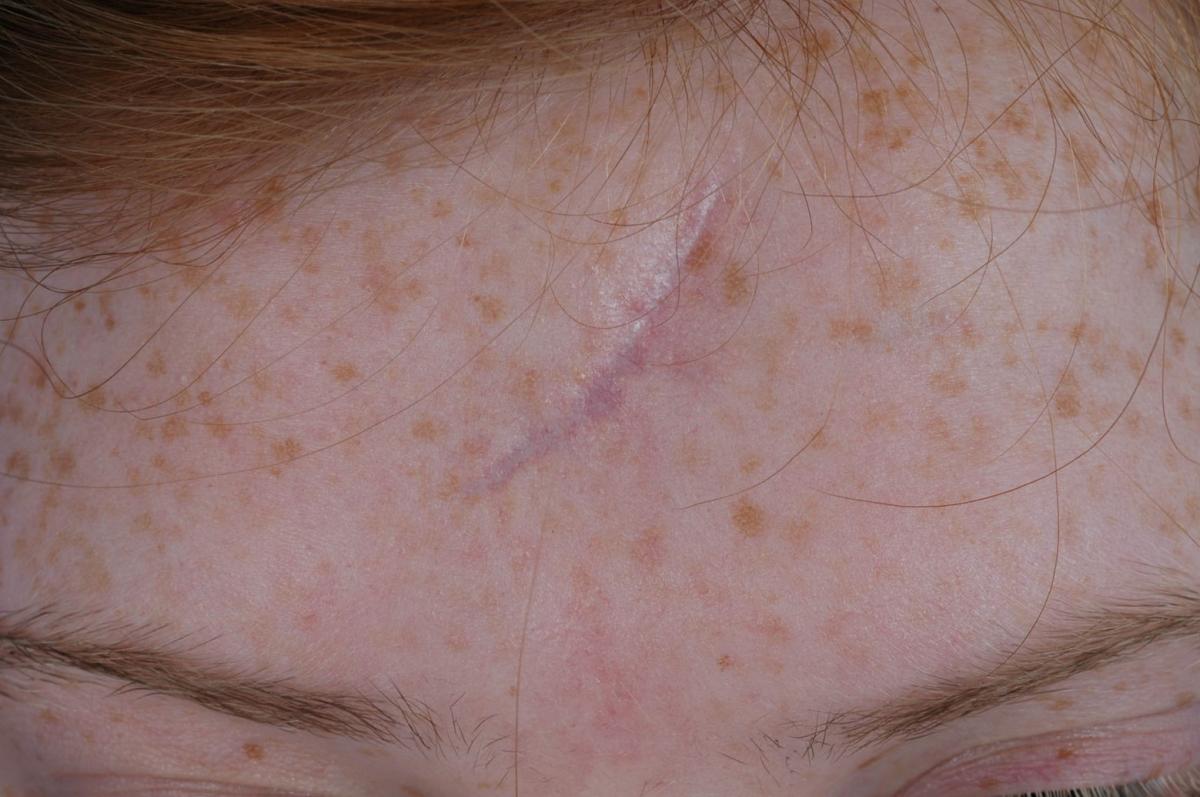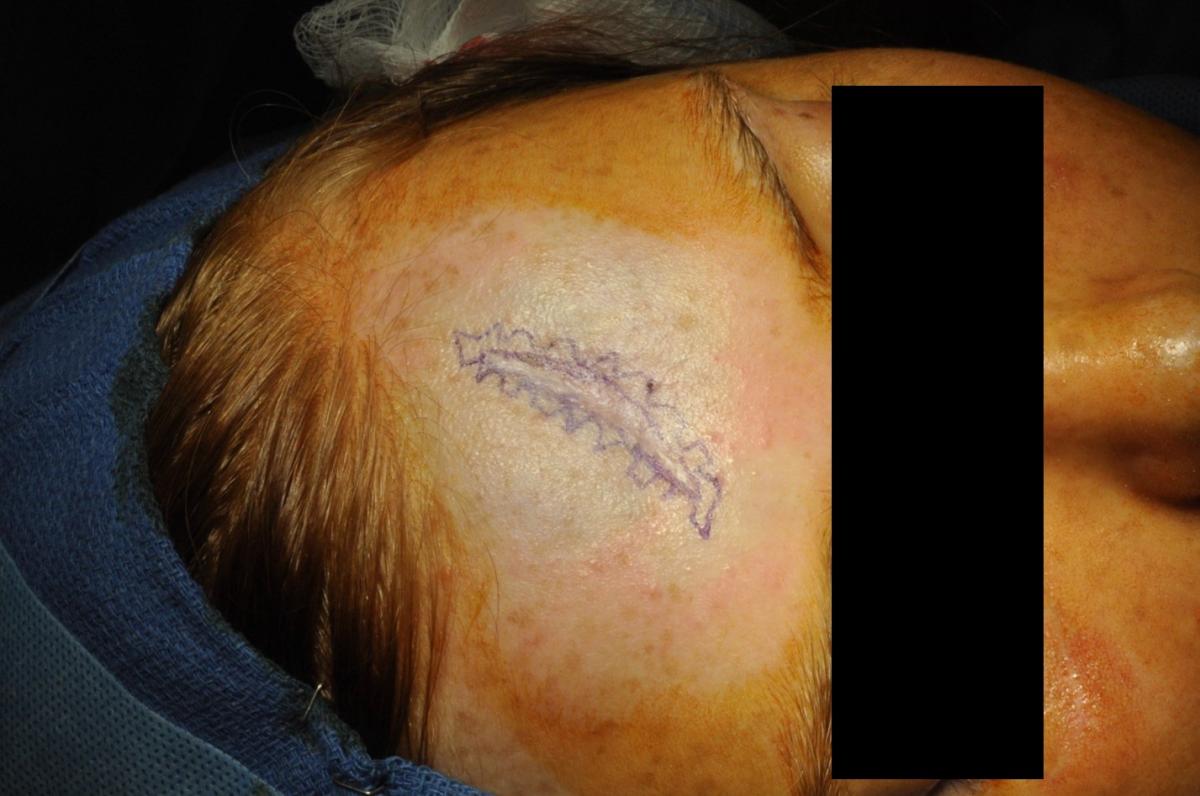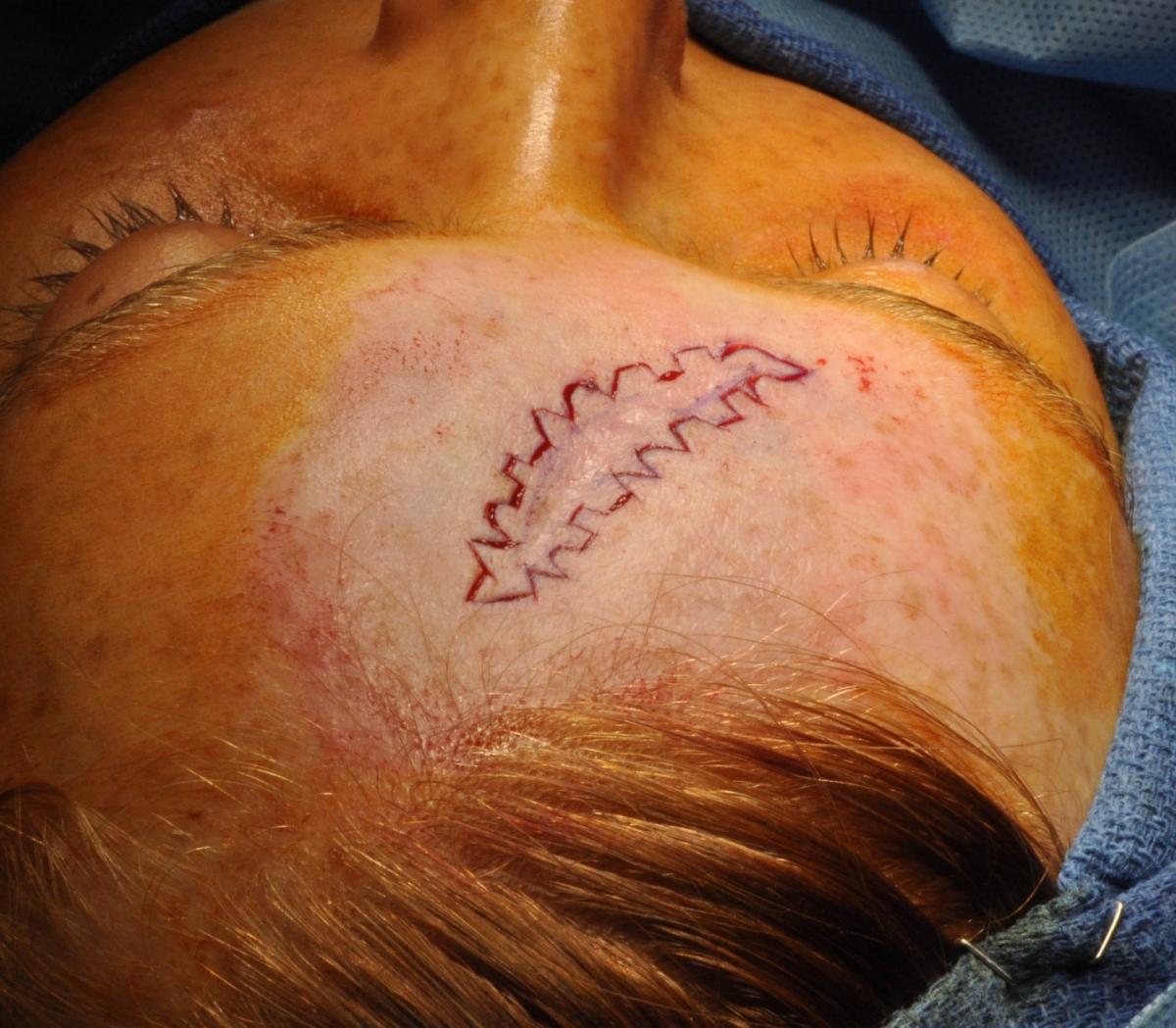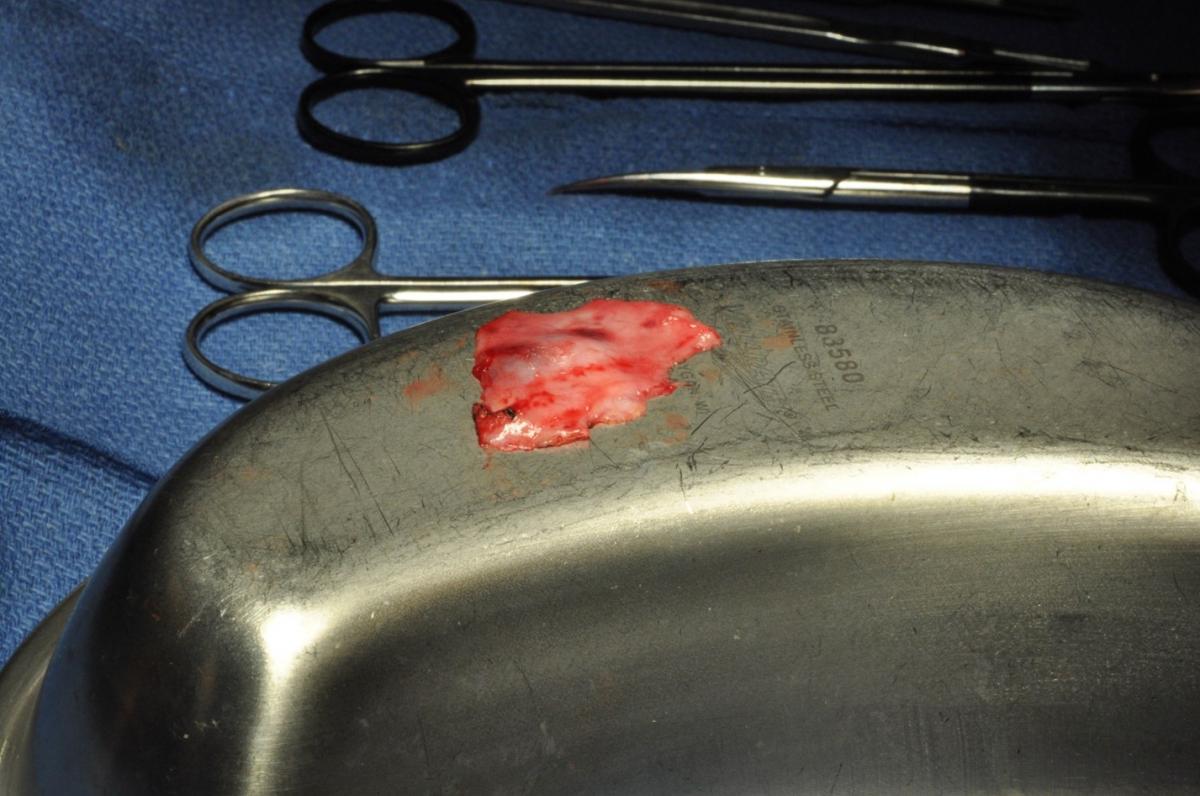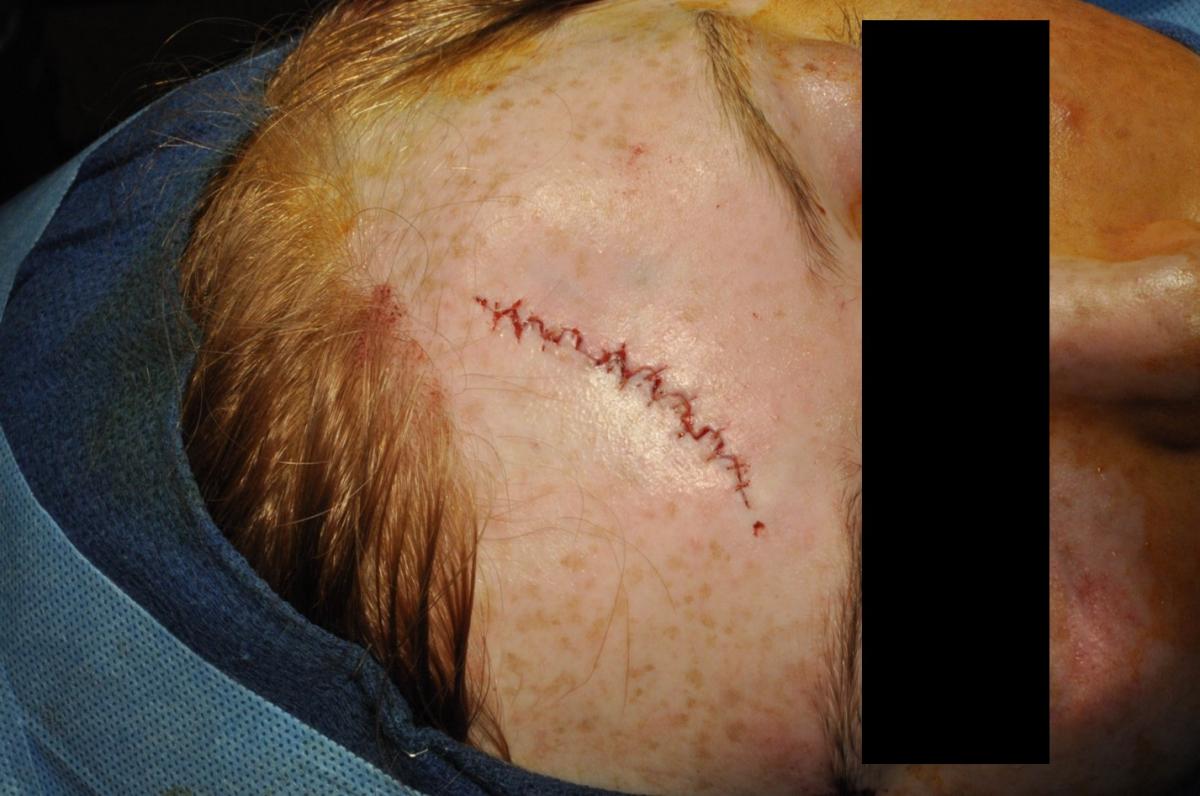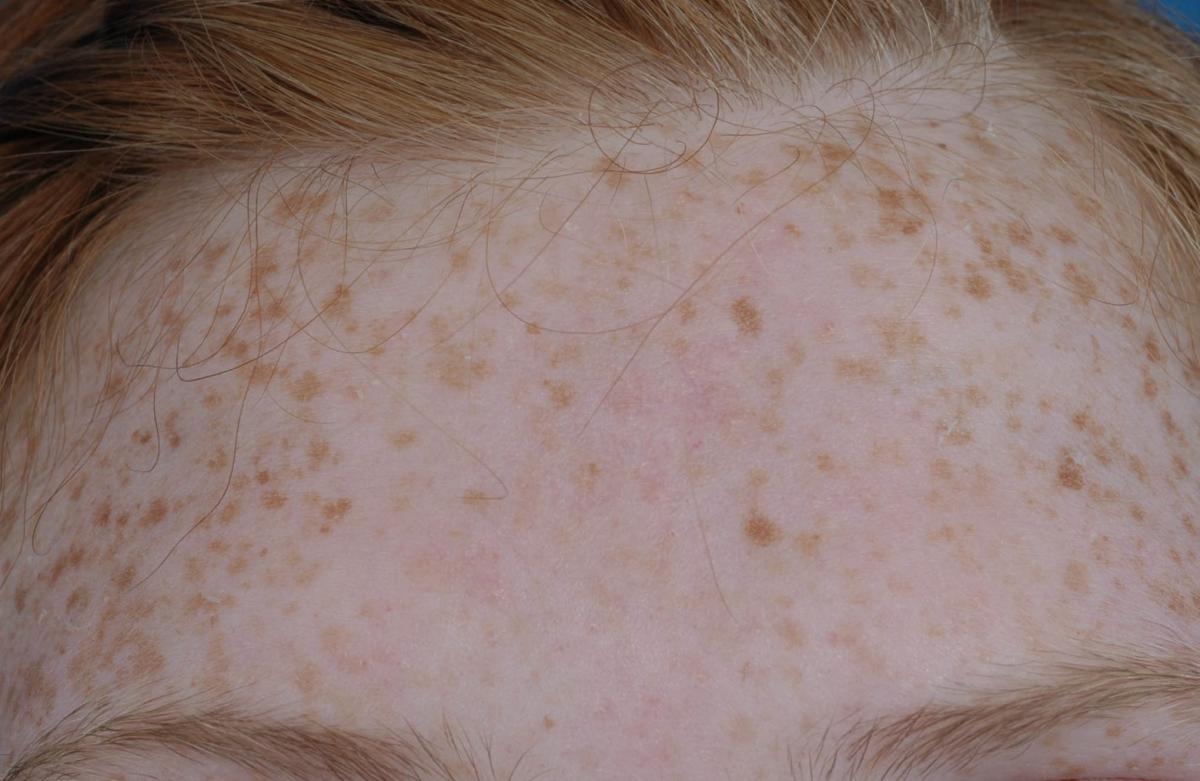Scar Revision
Scar revision remains a time-tested method for improving otherwise untoward surgical outcomes. The surgeon must think about patients seeking scar revision in a sequence of two steps. The first is assessing the patient candidacy, evaluating time since last surgery, medical factors that contribute to poor healing, and the overall readiness of the patient. Regarding the last factor, surgeons must trust their instinct when patients are seeking scar revision. There can be a higher prevalence of splitting or body dysmorphic disorder in patients seeking scar revision. If, in your judgement, the scar is well-healed, don’t get talked into doing something you don’t want to. If previously a bullet, knife, or another surgeon are responsible for the scar, after the revision you will be.
The second step in evaluating the scar revision patient is to break the scar down into the elemental factors that make it unsightly. Patients often think it just looks bad, but you need to identify which of the factors are causing it to be noticeable, and assess what can be done for that individual factor.
- Explain the three phases of wound healing and how they relate to interventions for scars.
- Distinguish between Langer’s lines and relaxed skin tension lines.
- Compare hypertrophic scars and keloids.
- Describe non-surgical measures for scar treatment.
- Describe surgical measures for scar treatment.
Learner must Sign In to access AAO-HNSF education activities.
- Annual Meeting Webcast (AMW):

